Focus on: Signage. New Regulatory Challenges Make Luminance a Critical Issue
by Bill Dundas
Published October 24, 2011 in Chain Store Age
Article link – Focus on: Signage. New Regulatory Challenges Make Luminance a Critical Issue
Focus on: Signage. New Regulatory Challenges Make Luminance a Critical Issue (PDF)
For commercial, on-premise signs, luminance (brightness) emerged as a key issue in 2005, when the California Energy Commission (CEC) first adopted the Title 24 regulations for electric signs.
Because a major thrust of energy legislation is to upgrade the efficiency of components used in electrical systems, a key challenge for the International Sign Association (ISA) and the sign industry at large is to ensure that energy mandates do not adversely impact the quality of electric-sign products. Consequently, beginning in 2006, ISA and the California Sign Association (CSA) organized relevant stakeholders to work with the CEC in developing the Title 24 standards. These standards currently affect component specifications for electric signs built and used throughout the United States.
As state and federal rules on energy consumption become increasingly strict in the future, however, preserving the performance properties of electric signs becomes an even greater challenge. Because the appearance of internally illuminated signs represents an artful marriage of specific light sources and plastic media, implementing alternative lighting systems poses a far more complex task than merely changing the types of light sources.
Phasing out conventional lighting components for electric signs implies a sea change in sign-manufacturing practices, which would entail complete redesigns of typical lighting configurations. Similar to the process that occurred during initial development of electric cabinet signs, such a transition would require considerable time and effort to complete successfully.
Sign dimming is another issue raised in recent years in connection with demand response systems widely utilized by electric utilities to reduce peak loads on regional power grids. Additionally, certain local jurisdictions recently have adopted regulations that limit allowable levels of nighttime lighting. In certain cases, these requirements have been applied to illuminated signs.
Technical and marketplace barriers also affect the feasibility of dimming for internally illuminated signs. For example, dimmable ballasts for high-output sign lamps are not currently available, nor do manufacturers anticipate availability of such ballasts in the future. As a result, if sign dimming is mandated in particular jurisdictions, sign manufacturers would need to substantially alter established sign-lighting systems to utilize the lower-brightness lamps for which dimmable ballasts are available. Such a change would imply negative impacts on the luminance and effectiveness of internally illuminated signs.
Because the sign industry has not established specific luminance guidelines for internally illuminated signs of various types, no basis currently exists for comparing the luminance of similar signs that incorporate different light sources. Faced with new regulatory challenges, however, the critical role of brightness in the impact and value of electric signs makes the luminance issue a major challenge for the 21st century.
Responding on behalf of sign companies and end users, the ISA Sign Luminance Task Force currently is defining a comprehensive approach to this issue. Specifically, the Task Force is identifying the major categories of electric signs in today’s marketplace and developing useful profiles of typical lighting configurations for each category. Once this information has been compiled, ISA will determine corresponding research needs for developing appropriate industry guidelines or standards.
ISA’s efforts directly support the long-term interests of sign companies and their retail clients in maintaining the quality and effectiveness of electric signs. The central goal of the current effort is to provide a reliable index for evaluating and effectively addressing the impact of new technology and new developments in the regulatory sphere. We welcome the participation of all stakeholders in the sphere of commercial electric signage.






